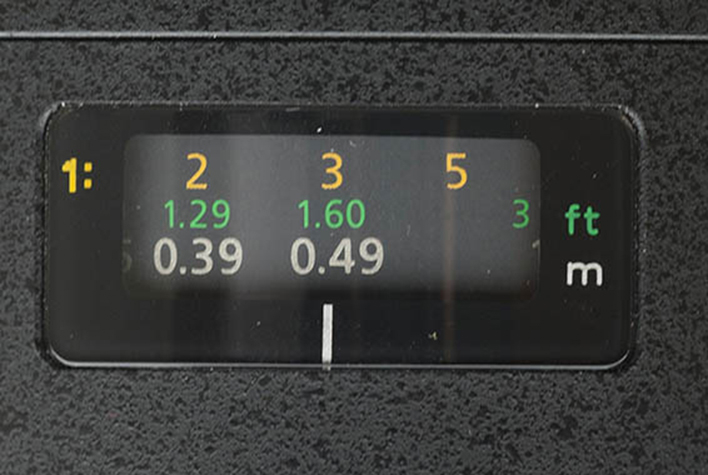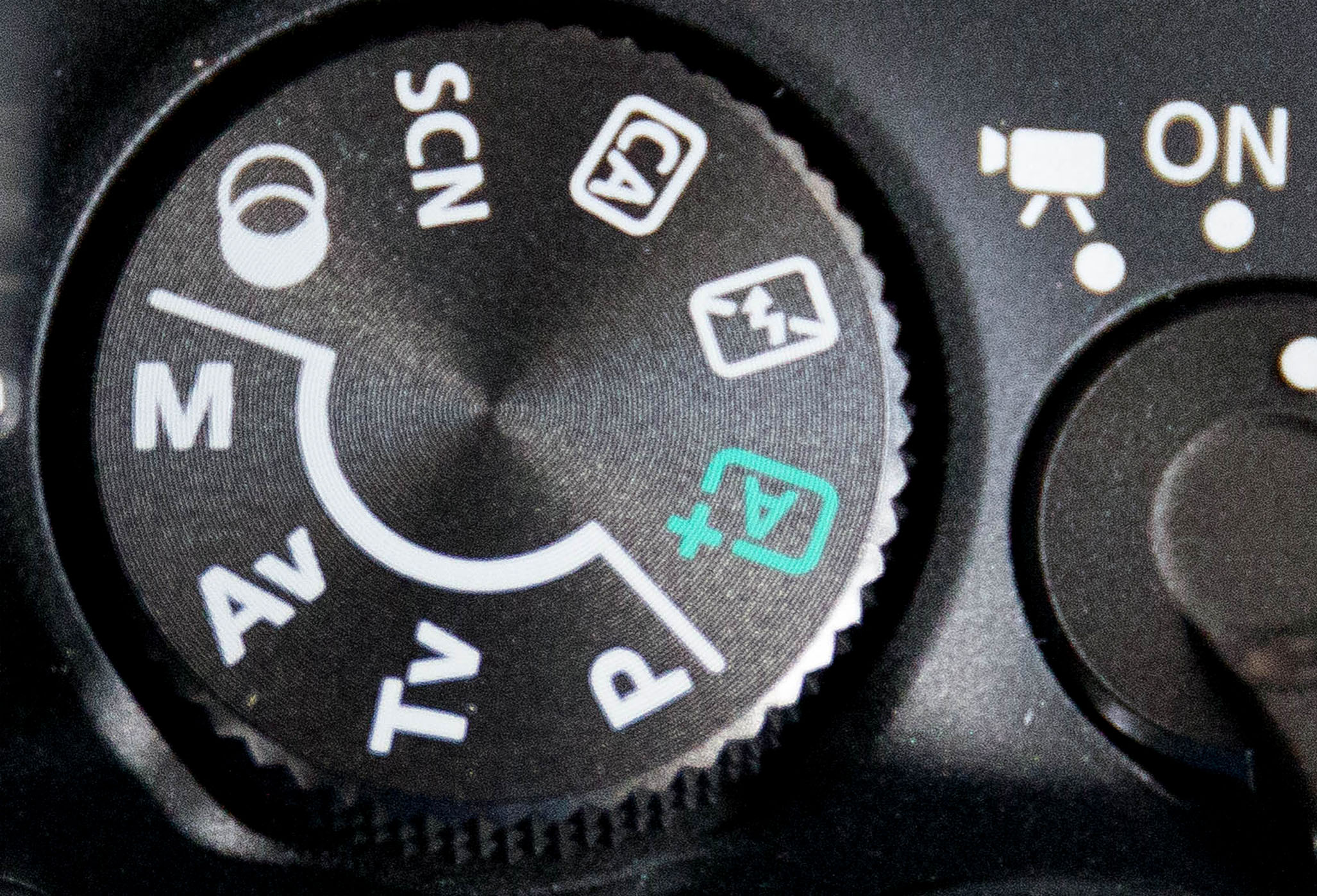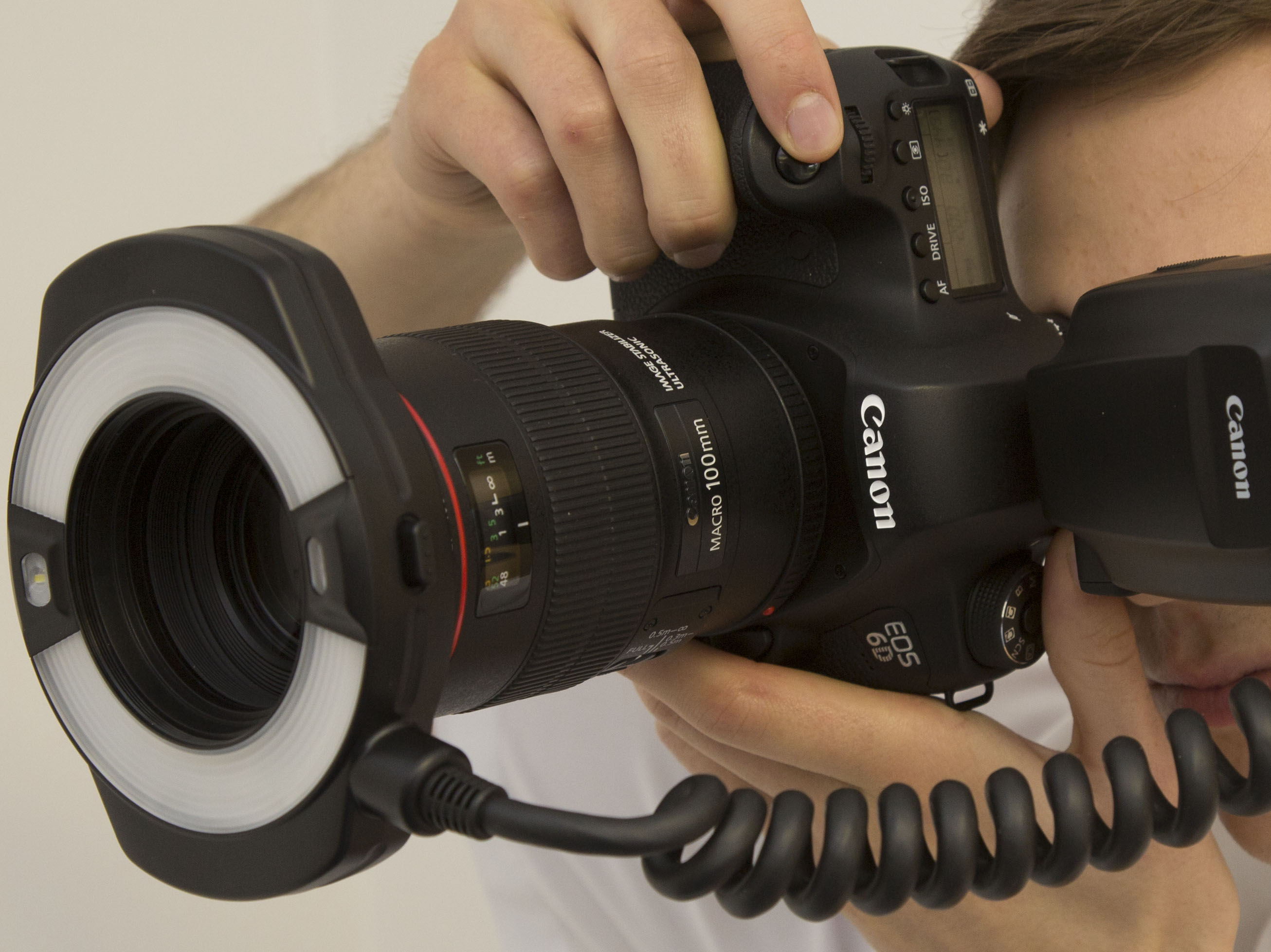The latest entry level Canon cameras i.e. the 2000D and 4000D will only work with Canon flashes.

Auto focus is easier, but camera will not necessarily be focusing at the optimum point, using manual focus and setting your magnification factor you can get all your images of every patient the same magnification every appointment, regardless of who takes the picture.
Lens choice
A number of manufacturers make lenses for Canon and Nikon, less for other makes.
For consistent dental photography you need a ‘prime’ macro lens i.e. not a zoom lens. The reason for this is that with a ‘prime’ macro lens and manual focus, you can accurately set the ‘magnification factor’ typically 1:3, and get consistent magnifications each time regardless who is taking the image, important when recoding for instance, tooth wear or soft tissue lesions.
The other factor to bear in mind is working distance. A 60mm lens will mean you are closer to the subject for intra oral shots and can be difficult to get the high close up views, as you will be too close to the patient. Whereas a 100mm macro lens will bring you to a more comfortable distance. Downside of 100mm is if you have a small surgery you will find extra oral shots of your patient difficult, as you will need a working distance of a good 1.5 metres.
For Canon I would suggest the Canon 100mm macro, not the really expensive one with image stabilization, as this function is not required. Other cheaper options are available, such as the Sigma 105mm and the Tamron 90mm macro lenses, but these will only ‘stop down’ to f22. When you get into your photography, especially for higher magnifications, you may find this limiting.
For Nikon I would suggest the Nikon 105 Micro lens, expensive but a great lens. As with Canon other cheaper options are available, such as the Sigma 105mm and the Tamron 90mm macro lenses, these will only ‘stop down’ to f22. When you get into your photography, especially for higher magnifications, you may find this limiting.
See www.dentalphotographyinpractice.com for updated lists of these lenses.

Make life easier for you and your staff to get consistent results in terms of quality, magnification, colour and exposure go manual. Manual camera, lens and flash.

Flash choice
Ring flash is the best option, especially for beginners. It gives even consistent illumination. There are lots of options available of varying cost from about £75 upwards to the expensive Canon ring flash now selling at well over £500.
LED lights are not suitable as they will not give sufficient illumination to use the settings I suggest later in this article.
Be careful as some LED lights will be listed as a flash, when it is just the LEDs flashing. If you are not sure email me, mike@mikesharland.com, with a link to the product and I should be able to advise you.
When you really get into your photography and want to go to the next level then you might want to consider ‘twin flashes’, these are great for anterior shots but posterior shots can present a problem getting shadow free shots.
An important note, which will become clear when we get onto optimum settings, is that your flash should be used in ‘Manual’ mode.





